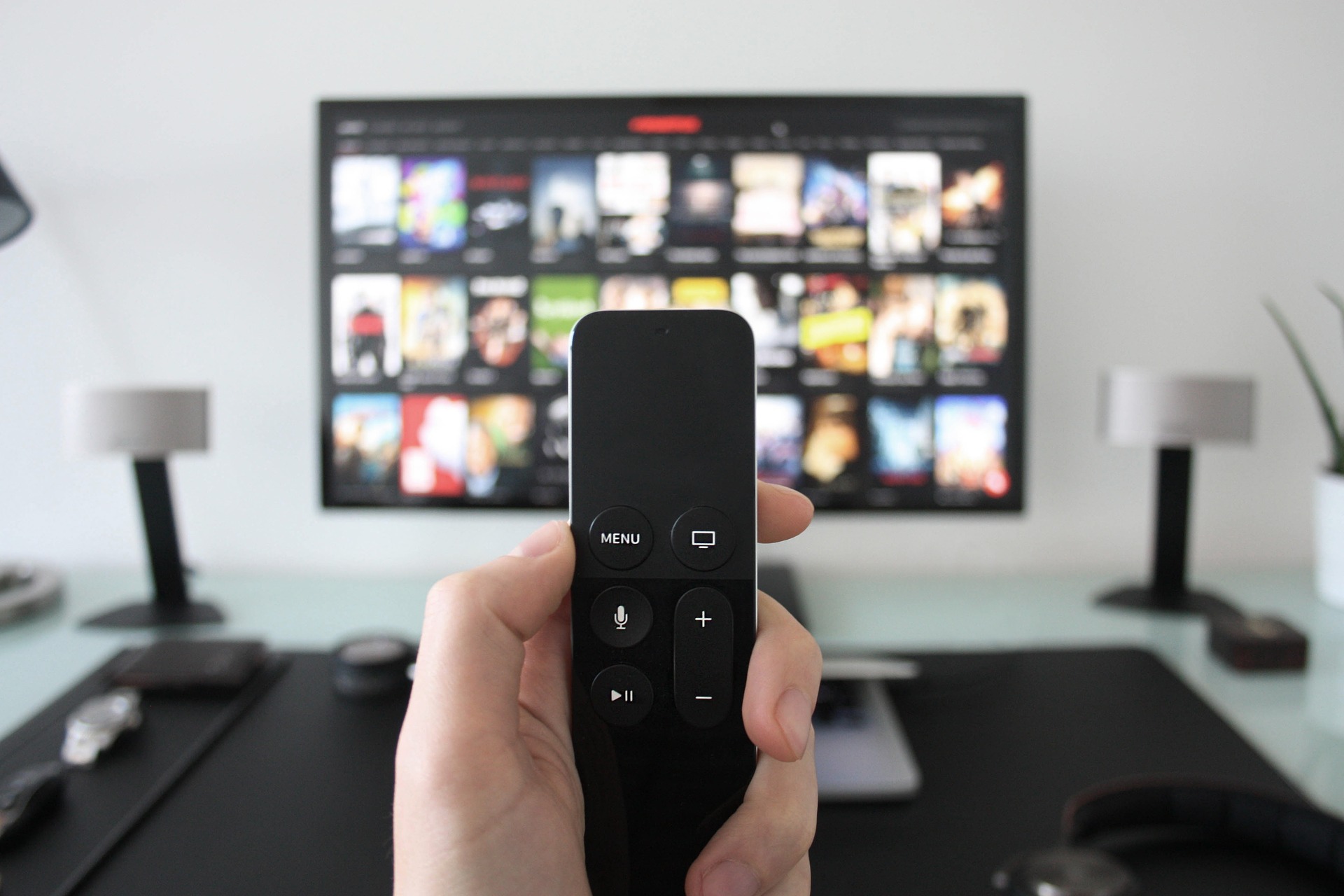Upgrade To 4K Tv In 2018

The world of TVs has moved on a lot in the last few years. There are new technologies and certifications, all aimed at helping TV tech take the next leap forward. They all carry snappy acronyms like HDR and BT.2020. The one you need to look out for is 4K.
4k TV is taking a new form in 2018
The future of TV just got shown off by LG Display in the form of a massive 88-inch OLED screen with an eye watering 8K resolution.
This is the largest and highest resolution panel yet. That resolution of 8K means a screen with 7680 x 4320, aka 4320p, meaning a hefty 33,177,600 pixels. That resolution has been shown off on a large OLED screen before but that topped out at 77 inches making this new 88-inch model a decent jump up.
You might ask, why 8K? We barely have much 4K UHD content available now. But 8K is the next step with Japan leading the way. The plan is to air the Tokyo 2020 Olympics in 8K via the broadcaster NHK who calls this 8K Super Hi-Vision. So expect this to be the start for 8K with TVs beginning to go on sale ready for the future of the high quality content.

4K is the most straightforward step forward: It offers four times as many pixels as 1080p. But while that might sound exciting, it's not a noticeable leap unless you're sitting very close to a large TV set. HDR, on the other hand, is an upgrade you definitely can't miss. It lets you see both brighter and darker elements in an image. Shots of the sun or huge explosions end up looking almost as vibrant as they do in real life. (In fact, on high-end TVs the brightness can sometimes make you squint your eyes.) And while being able to see darker images might not sound exciting, it's a big help for things like Daredevil's nighttime fight scenes.

The benefit of wide color gamut support, or WCG, is immediately noticeably when you're watching a buck buster movie, which shows off seemingly every naturally occurring shade. Until now, home video formats could only display a limited amount of colors. But with WCG, all of the primary pigments — red, green and blue — are bolder and more realistic than ever.
Far from being the niche high-end technology that it was a few years ago, 4K resolution (also known as Ultra HD) has more recently exploded into the mainstream.
If you're buying even a mid-range TV these days it's more than likely going to be 4K, which means four times the resolution of traditional HD displays.
Thankfully there's now a lot of content for the new standard. Netflix and Amazon both offer 4K streams, Ultra HD Blu-rays are increasingly common, and even gaming is getting in on the action with the 4K toting Xbox One X.
But making a good 4K TVs isn't just about how many pixels you can push to a screen; it's about the quality of those pixels. To that end, there's even newer technology that we're excited about, like High Dynamic Range and Wide Colour Gamut, that promise to take all those new pixels and make them truly shine.